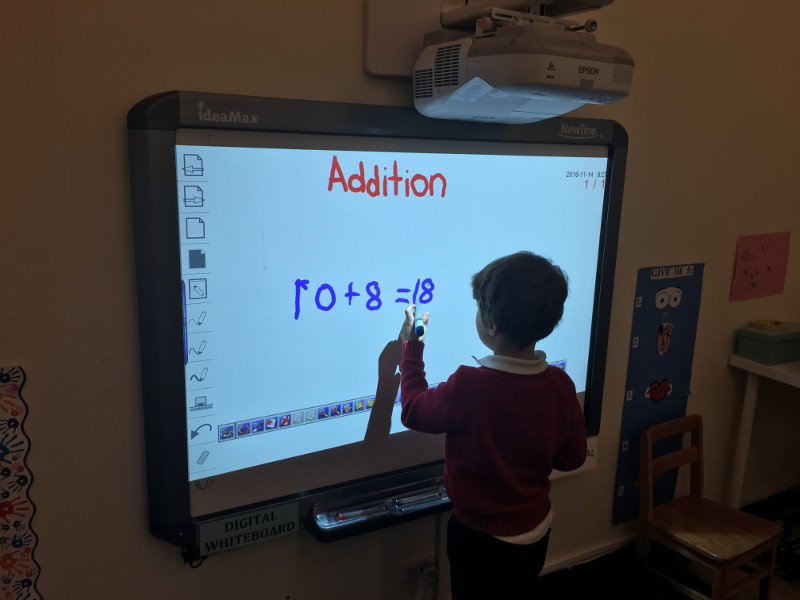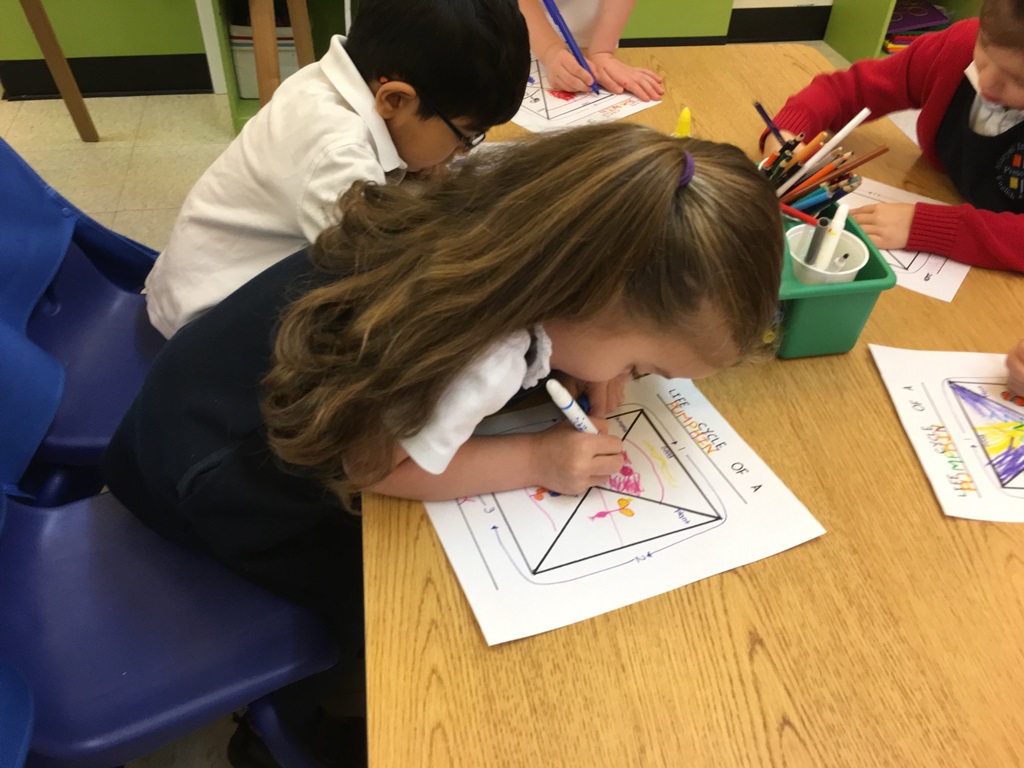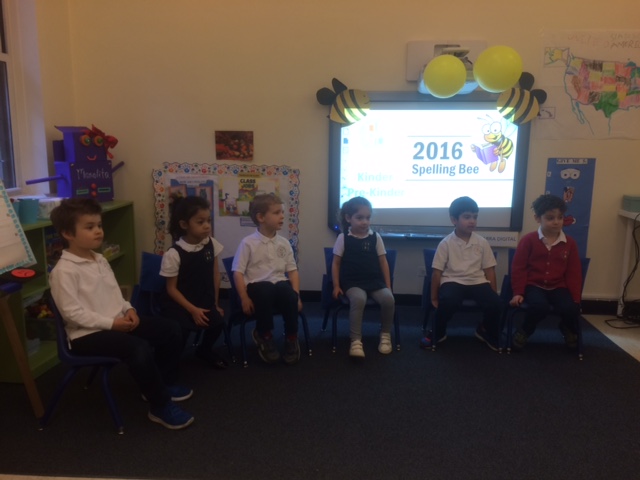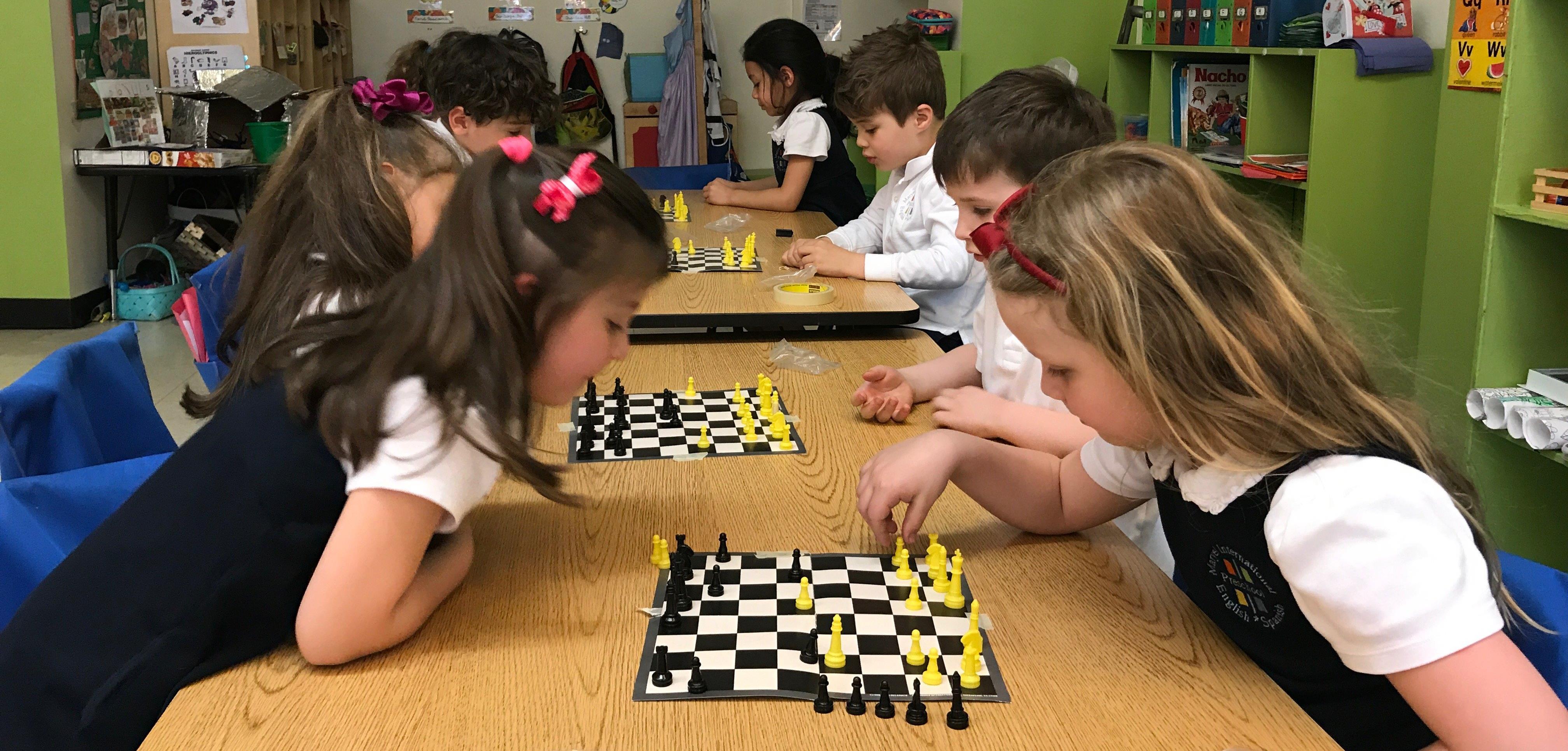More and more educational centers are incorporating the Theory of Multiple Intelligences, which benefits children in numerous ways. This article will help you understand the basis of the theory and the advantages of its implementation. Read on to find out more about this innovative education system.
What is the Theory of Multiple Intelligences in the classroom?
The Theory of Multiple Intelligences was developed by Howard Gardner in 1983 and is based on the idea that there is not just one type of intelligence, but a set of eight elements we all possess and develop differently. These eight intelligences contribute to having a different world view than others. Though the intelligences are all related, each child develops them differently.
It provides a system of learning that is more efficient and better adapted to the needs and abilities of the children.

What are the eight multiple intelligences?
Like we mentioned above, when he developed his theory, Gardner established eight different intelligences. Would you like to know what area is affected by each?
- Naturalist intelligence: This intelligence focuses on the ability to relate to animals, plants and the environment. It is very common among biologists.
- Linguistic-verbal intelligence: Refers to the ability to express ideas and feelings through language.
- Spatial-visual intelligence: This type focuses on the aptitude to process information in three dimensions by associating colors, spaces and shapes. Architects and decorators are the professionals who have developed this intelligence most.
- Logical-mathematical intelligence: This is the ability to solve problems, use logical reasoning and be skilled at applying mathematical and arithmetic standards.
- Musical intelligence: With this intelligence, people are capable of expressing themselves, in addition to distinguishing different tones.
- Bodily intelligence: This capacity lies within the body and mind, making it possible to express ideas and perform activities using the body.
- Intrapersonal intelligence: This intelligence involves the ability to understand oneself, regulate one’s behavior and express feelings.
- Interpersonal intelligence: The opposite of intrapersonal, this intelligence corresponds to the capacity to empathize with others, build relationships with other people and adapt in different social situations.

Advantages of fostering Multiple Intelligences in the classroom
This system has been a true breakthrough in education, since it paves the path for a new educational model and improves children’s relationships with their parents and teachers. Some of the major benefits of educating children using this system are:
- Personalized, comprehensive and realistic learning. The core virtue of this model lies in the ability to reach all students through personalized, direct teaching. By fostering the relationship between the teacher and the student, this system makes it easier to maintain all of the students’ attention without creating differences. By developing all intelligences, children learn to better understand themselves and gain a sense of security, motivation and understanding of their strengths and weaknesses. The ultimate goal of Multiple Intelligences is to prepare children for real life and to improve their future.
- Children are motivated. In the schools where the Theory of Multiple Intelligences has been implemented, educators are able to capture the children’s attention faster, since they do not base their teaching on only the most common skills, but also take into consideration the different areas of development, such as the body, to pique the interest of the kids. This system also boosts self-esteem, encourages relationships between students and reduces negative behaviors.
- It promotes a more original, active education. The flexibility of this system improves the implementation of new, more-creative and innovative ways of teaching.
Contact us if you would like more information on this teaching method.



